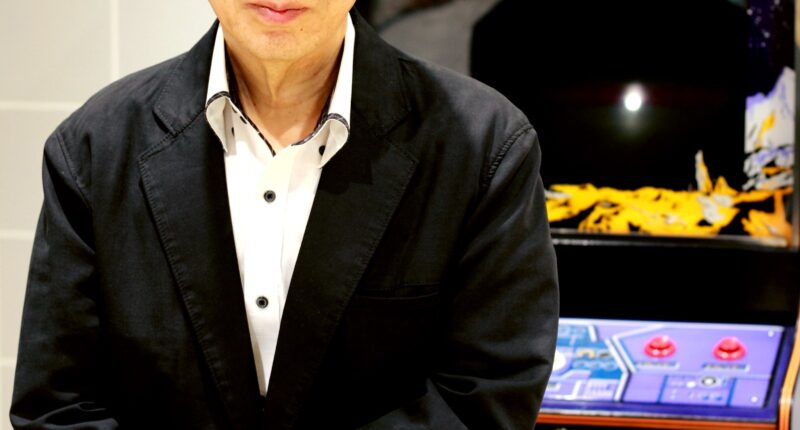
The titular space invaders in Taito’s 1978 arcade classic have a look that’s among the most iconic in video games. During development, they almost took forms as mundane as human figures or tanks. But chance occurrences gave them designs that became synonymous with video games.
Invaders today adorn T-shirts and posters. Open your emoji keyboard and an approximation lurks within, dubbed “alien monster.” An iPhone will suggest said critter when you type in “game.” It’s a tacit understanding of the unbreakable link between those few pixels and the entire games industry, even for people who’ve never played Space Invaders.
But the fact that the game exists at all is down to the remarkable achievements of creator Tomohiro Nishikado. His work reimagined and elevated an industry, defined and popularized key concepts that are still used decades later, and spawned a cultural and technological phenomenon.
It all started with Atari’s Breakout. “I was hooked on it,” Nishikado told WIRED. When Taito management asked him to make something that would surpass Atari’s brick-basher, Nishikado was already deep in thought about how to achieve this. “I decided to plan a shooting game, which was my forte. But until then, shooting games were mainly time-based—players defeated as many targets as possible within a set period. So I decided to make a game with a lives system, and interactive gameplay in which multiple enemies would attack the player.”
His initial design had you shoot at tanks, but Nishikado remembers that their shape and movement “didn’t feel right.” The team tried fighter planes and battleships, but those didn’t work any better with the limited technology of the day. “I then tried a solider and was satisfied with the movement, but there was an opinion that shooting people was not a good idea, and so I gave up on that,” says Nishikado.
Send in the Squids!
A solution arrived in the form of War of the Worlds. Nishikado remembered the 1953 film from his childhood and became inspired by various media depictions of the invaders, which often resembled sea life. “I based a new target on an octopus, and since it was now an alien, there was no problem shooting it,” he says. And with the shape not having to be specifically recognizable, any issues with realism went away. Nishikado set about creating further enemies, abstracted from marine creatures like crabs and squids.
As all of this was happening, Nishikado was reimagining how video games were created in Japan. “Unlike conventional games in Japan at the time, Space Invaders was a software-controlled game that used a microcomputer,” he says. Such games already existed in the US, but there was scant information about them in Japan, and no existing development hardware. So Nishikado built his own.
“I studied American games to learn how to make games with microcomputers. It took me about half a year to master that,” he says. “And because I didn’t have satisfactory equipment for game development, I made my own by referring to American game boards. Parallel to this, I was working on game planning, characters, and programming—almost all by myself. Little by little, I improved the functions of my hardware, and by the time Space Invaders was completed, I was satisfied.”








